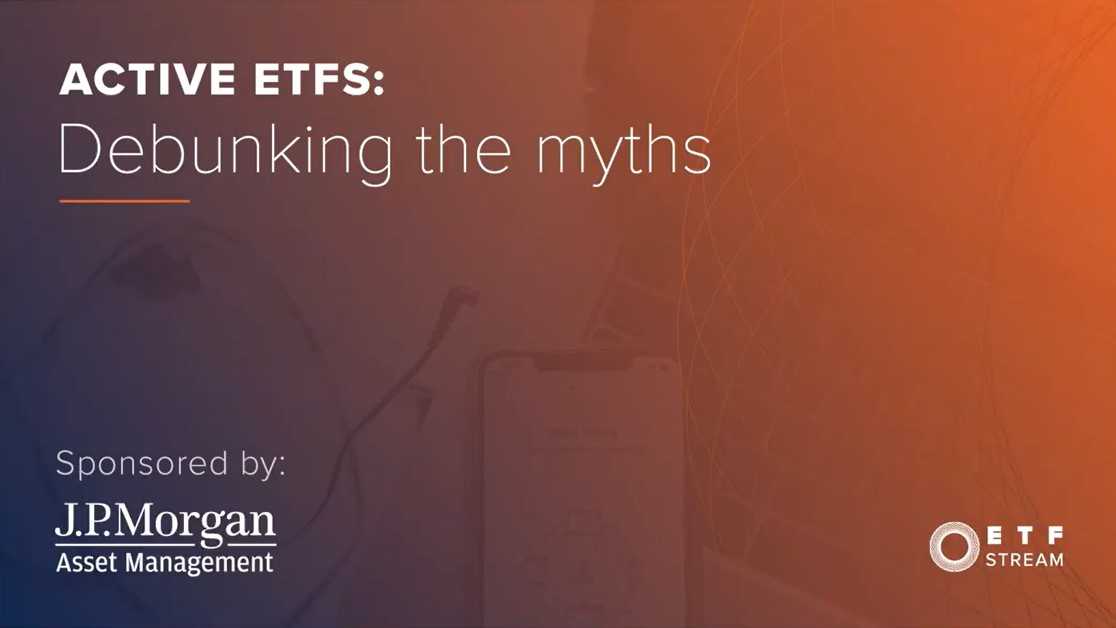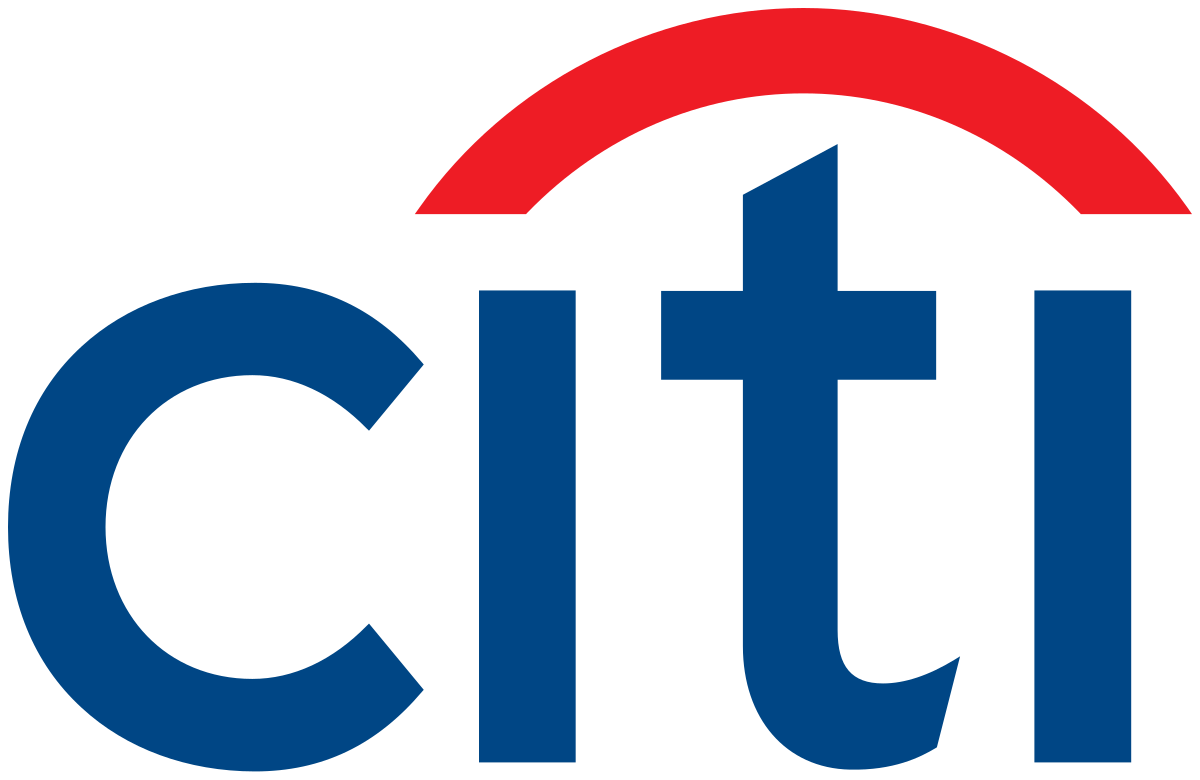The growth of the active ETF market in Europe, how active ETFs trade compared to typical passive products and the innovation of the ETF industry were topics discussed at ETF Stream’s recent webinar with JP Morgan Asset Management (JPMAM).
The webinar, titled Active ETFs: Debunking the myths, started by assessing where active ETFs sit in the current ecosystem and how this is a constant evolution to meet investors' needs.
Olivier Paquier, head of EMEA distribution at JPMAM, said ETF investors are already making active decisions in their investments when assessing ESG, factors or sector exposures and noted how these have evolved over time.
He pointed to landmark moments such as the first fixed income ETF in 2003, the first commodity exchange-traded notes (ETNs) in 2005 and the first money market ETFs in 2007.
“Everybody looked at the market and thought, ‘how can we list in real-time a product on fixed income underlyings’. It was an interesting product at the time and quite innovative,” he said.
“It is the natural evolution of the market. It is the industry's role to innovate constantly and fit the many needs of clients to accelerate their ETF usage and increase the amount they are investing in ETFs.”
He added that such innovations have helped boost ETFs to become 10% of clients' portfolios today, up from 5% five years ago, driven by the ETFs’ ability to cater to offer different solutions within the ETF wrapper.
“There is no one size fits all approach. Going active can also mean going active on ESG or thematics or many other elements of the ETF industry. It is one of the elements of innovation in the ETF industry and this is how I see the future,” Paquier said.
“ETFs are not going to be exclusively about one kind of strategy – only passive or ESG – it is an innovation that is going to driven by a culmination of all those elements.”
Andrew Jamieson, global head of ETF product at Citi, added: "The growing focus on active ETF products is the natural evolution. It is satisfying investor appetite and there is nothing fundamentally different in terms of how they trade, the complexity or how we manufacture them."
How do they fit in the portfolio?
Instead of tracking an index, JPMAM’s Research Enhanced Index (REI) range of active ETFs selects holdings based on the group’s proprietary research which looks at the long-term forecast of each stock within a defined investment universe.
“Based on our framework, the most attractive stocks are typically undervalued because they are the ones that tend to outperform,” Paquier said.
He added that ETFs can play a number of roles in the portfolio, including as an ESG tilt, to enhance performance, diversification or as building blocks to the portfolio.
“With our range of active ETFs we are looking to provide between 50-75bps of outperformance on top of a typical benchmark for a low tracking error budget typically below 2%,” Paquier said.
Taking the $1bn JP Morgan US Research Enhanced Index Equity (ESG) UCITS ETF (JREU) as an example, it returned 29.93% in 2021, beating the S&P 500 index which returned 28.16% over the same period.
The range also applies its active strategy to its ESG approach, not just excluding companies but integrating ESG factors within its investment process and engaging with the stocks it owns.
Transparent vs semi-transparent
The transparent nature of an active ETF in Europe means market makers and authorised participants (APs) use similar mechanisms to trade an active ETF, despite the ability of the ETF manager to trade the portfolio intraday.
Jamieson said: “Because of the visibility of the product we know how the fund is moving throughout the day and its lifecycle.
“In Europe, we do not have a semi-transparent product – like the US and Australia – which would add further complexity to the trading. For example, the US has several models which make it harder for the AP to guess what the actual fund looks like and therefore the costs might be higher accordingly.
“However, to be clear, the fully transparent model in Europe uses the same mechanics as the passive product and therefore we can minimise any price differentiation.”
European regulators have been hinting that semi-transparent products could someday come to Europe, but Jamieson believes ultimately it will be driven by client demand.
“The regulators wanted to see how things progressed in the US and Australia where they have had this model for a couple of years. If investors want this type of product and there is a pipeline of opportunity for issuers, we could see regulators sign off on it,” he said.
To watch the full webinar, click here.
Related articles




